The Best Companion Plants For Bachelor Buttons:
The Best Companion Plants for Bachelor Buttons
Bachelor buttons are a beautiful and versatile annual flower that can be grown in a variety of settings. They are easy to care for and attract a variety of pollinators, making them a great addition to any garden.
One of the best things about bachelor buttons is that they can be companion planted with a variety of other flowers and vegetables. Companion planting is a gardening technique that involves planting different plants together in order to take advantage of their natural characteristics and benefits. By planting compatible plants together, you can create a more productive and pest-resistant garden.
So, what are the best companion plants for bachelor buttons? Here are a few of our favorites:
- Marigolds: Marigolds are a classic companion plant for bachelor buttons. They help to repel pests such as aphids, nematodes, and whiteflies. Marigolds also help to improve the soil quality, making it more nutrient-rich for bachelor buttons.

- Nasturtiums: Nasturtiums are another great companion plant for bachelor buttons. They attract beneficial insects such as ladybugs and lacewings, which help to control pests. Nasturtiums also have a spicy scent that deters some pests.
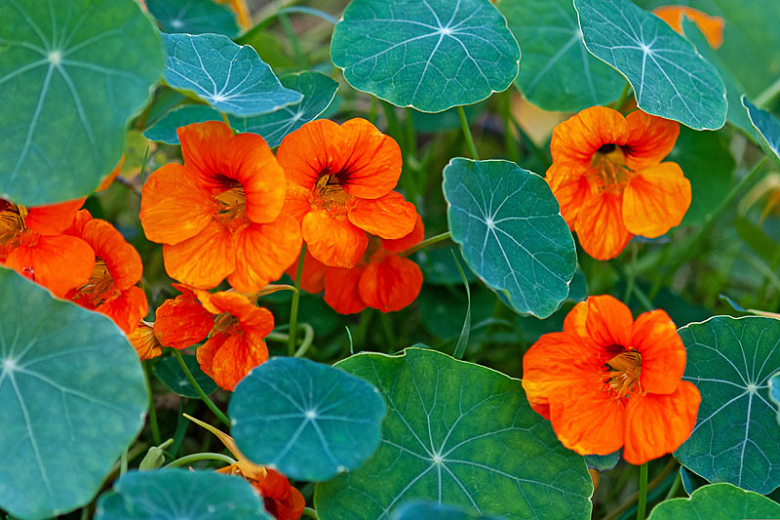
- Calendula: Calendula is a beautiful daisy-like flower that is also a great companion plant for bachelor buttons. It helps to repel pests such as aphids and whiteflies, and it also attracts beneficial insects such as ladybugs and lacewings. Calendula also has medicinal properties, and it can be used to treat a variety of ailments.
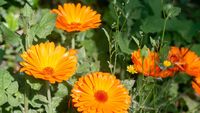
- Sweet alyssum: Sweet alyssum is a low-growing, spreading plant that is perfect for filling in the gaps between bachelor buttons. It attracts beneficial insects such as bees and butterflies, and it also helps to deter pests. Sweet alyssum has a sweet, honey-like scent that is very pleasant.
- Zinnias: Zinnias are a colorful and cheerful flower that is a great companion plant for bachelor buttons. They help to attract pollinators, and they also help to improve the soil quality. Zinnias come in a variety of colors, so you can choose the ones that will best complement your bachelor buttons.
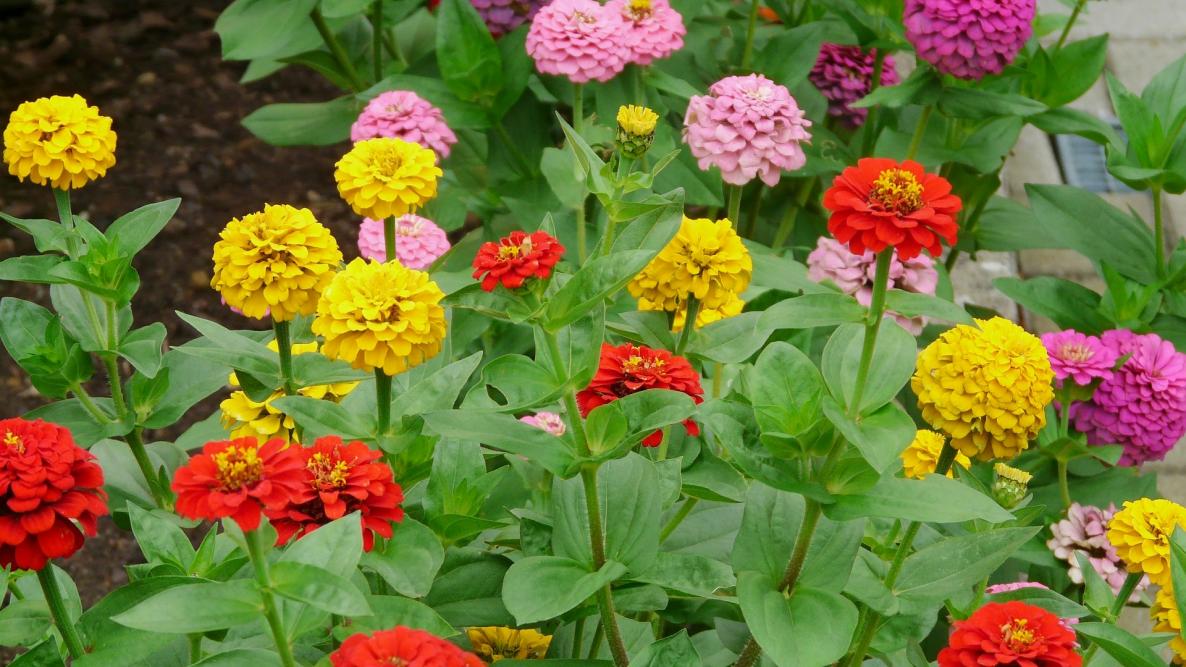
These are just a few of the best companion plants for bachelor buttons. When choosing companion plants, it is important to consider the specific needs of your plants. For example, if you are growing bachelor buttons in a sunny location, you will want to choose companion plants that also prefer full sun.
Companion planting is a great way to improve the health and productivity of your garden. By planting compatible plants together, you can create a more balanced and pest-resistant ecosystem. So, next time you are planting bachelor buttons, be sure to consider some of these great companion plants.
Bachelor's buttons are beautiful flowers that can add a touch of color to any garden. But did you know that they can also benefit other plants in your garden? That's right, bachelor's buttons are excellent companion plants.
Some of the best companion plants for bachelor's buttons include:
- Marigolds: Marigolds help to deter pests and attract pollinators.
- Zinnias: Zinnias have similar growing requirements to bachelor's buttons and can help to fill in any gaps in your garden.
- Bee balm: Bee balm is a nectar-rich plant that attracts pollinators, which can help to improve the pollination of your other plants.
- Coneflowers: Coneflowers have similar growing requirements to bachelor's buttons and can help to add height and structure to your garden.
If you're looking for more information about companion planting for bachelor's buttons, I recommend visiting Gardenia Inspiration. This website has a wealth of information about companion planting, including a list of the best companion plants for bachelor's buttons.
FAQ of companion plants for bachelor buttons
Q: What are some good companion plants for bachelor buttons?
A: Bachelor buttons are a great addition to any garden, and they can be even better when paired with the right companion plants. Here are some of the best companion plants for bachelor buttons:
- Marigolds: Marigolds are a natural pest repellent, and they can help to keep away aphids, whiteflies, and other pests that can damage bachelor buttons.

- Nasturtiums: Nasturtiums are another great companion plant for bachelor buttons, as they can help to attract pollinators such as bees and butterflies.

- Lavender: Lavender is a beautiful and fragrant plant that can help to deter pests and attract pollinators.
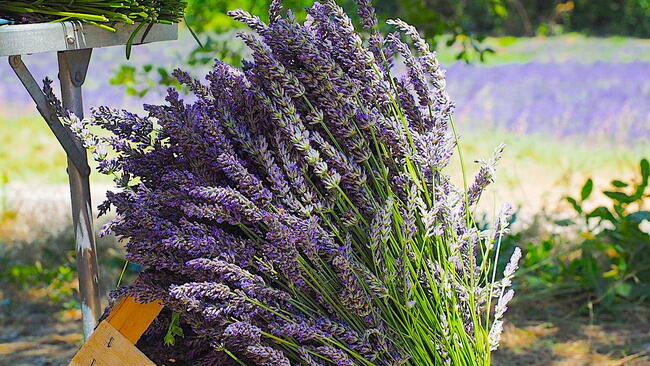
- Bee balm: Bee balm is a nectar-rich plant that is a magnet for bees and butterflies.
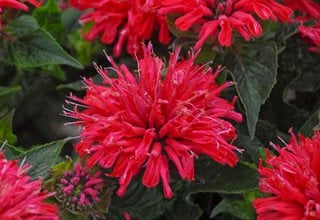
- Coneflowers: Coneflowers are a tall and stately plant that can add a touch of drama to any garden. They are also a good choice for companion planting with bachelor buttons, as they can help to attract pollinators and deter pests.
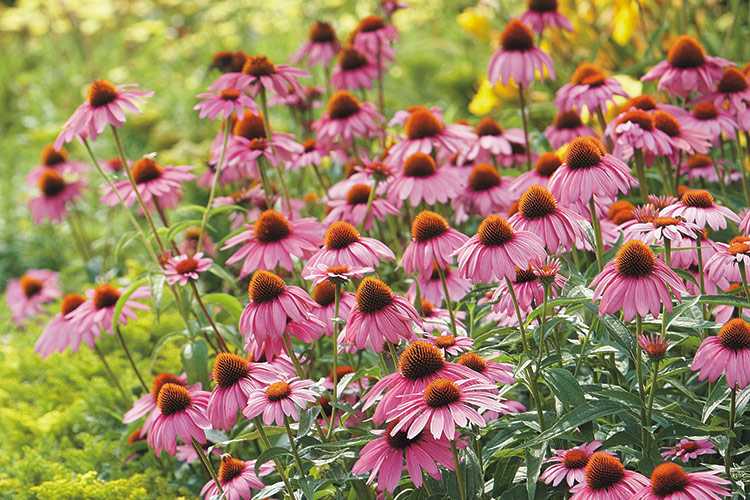
Q: What are the benefits of companion planting with bachelor buttons?
A: There are many benefits to companion planting with bachelor buttons. Some of the benefits include:
- Increased pollination: Companion plants can help to attract pollinators such as bees and butterflies, which can help to increase pollination and fruit set.
- Reduced pest pressure: Companion plants can help to deter pests, such as aphids, whiteflies, and spider mites.
- Improved soil health: Companion plants can help to improve soil health by adding nutrients, breaking up compacted soil, and suppressing weeds.
- Enhanced beauty: Companion plants can add beauty to your garden by providing contrast in color, texture, and height.
Q: How do I choose companion plants for bachelor buttons?
A: When choosing companion plants for bachelor buttons, it is important to consider the following factors:
- Planting conditions: Bachelor buttons prefer full sun and well-drained soil. It is important to choose companion plants that have similar planting conditions.
- Pest and disease resistance: Some companion plants are more resistant to pests and diseases than others. It is important to choose companion plants that are resistant to the same pests and diseases that bachelor buttons are susceptible to.
- Height and color: Companion plants can be chosen to complement the height and color of bachelor buttons. For example, if you are growing tall bachelor buttons, you may want to choose shorter companion plants to avoid overcrowding.
- Personal preference: Ultimately, the best way to choose companion plants for bachelor buttons is to experiment and see what works best for you.
Q: How do I plant companion plants with bachelor buttons?
A: Companion plants can be planted with bachelor buttons in a variety of ways. Some common methods include:
- Direct seeding: Companion plants can be direct seeded in the same bed as bachelor buttons. This is a simple and easy way to plant companion plants.
- Transplanting: Companion plants can also be transplanted into a bed with bachelor buttons. This method gives you more control over the spacing of the plants.
- Growing in containers: Companion plants can also be grown in containers with bachelor buttons. This is a good option if you have limited space or if you want to move the plants around.
Q: How do I care for companion plants with bachelor buttons?
A: Companion plants should be cared for in the same way as bachelor buttons. This includes watering, fertilizing, and weeding. It is also important to deadhead companion plants regularly to encourage new blooms.
Image of companion plants for bachelor buttons
- Marigolds: Marigolds are a great companion plant for bachelor buttons because they help to repel pests, such as aphids and whiteflies. They also attract beneficial insects, such as ladybugs and lacewings.

- Calendula: Calendula is another great companion plant for bachelor buttons. It helps to repel pests and attract beneficial insects, just like marigolds. Calendula also has medicinal properties, and its petals can be used to make a tea or salve.

- Lavender: Lavender is a beautiful and fragrant herb that can also be a great companion plant for bachelor buttons. It helps to repel pests and attract beneficial insects, and its scent can help to calm and relax people.

- Sweet Alyssum: Sweet alyssum is a low-growing groundcover that is perfect for filling in the spaces between bachelor buttons. It attracts beneficial insects and helps to repel pests. Sweet alyssum also has a sweet fragrance that can attract pollinators.
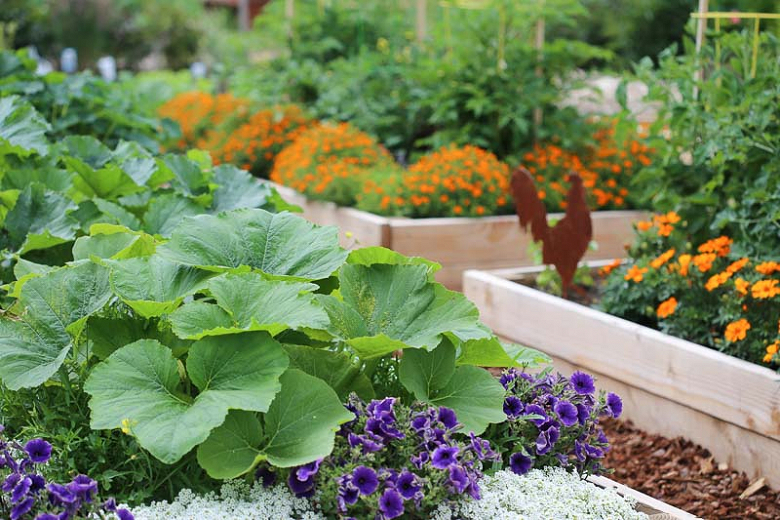
- Zinnia: Zinnias are a colorful and cheerful flower that can also be a great companion plant for bachelor buttons. They attract beneficial insects and help to repel pests. Zinnias also come in a variety of colors, so you can choose the ones that best complement your bachelor buttons.

Post a Comment for "The Best Companion Plants For Bachelor Buttons:"